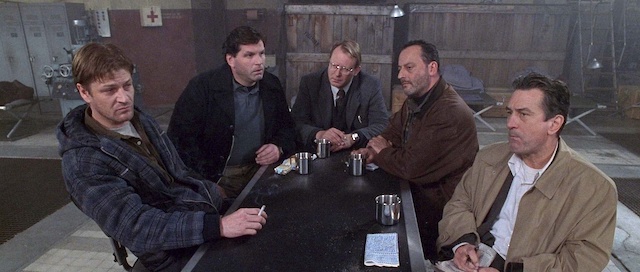Control Your Characters

When Characters Try to Take Over The Story
Every writer has the experience of characters acting and speaking in unexpected ways. With the most detailed story outline, once you begin writing a scene, characters do something that you hadn’t planned in your outline.
When the protagonist or the antagonist speaks pithy words or acts in a surprising way, you are on the way to enriching your story and deepening your character. But sometimes a supporting character will grab the baton and try to run with the story.
Like a stage actor stepping in front of the lead to gain the upstage position, while you are writing, a character takes the center stage away from your sleuth.
Then your story gets derailed.
How to Put A Character Back on Track
You question your story, your character choice, and wonder how to get control of your character.
You don’t have to go back and rewrite the first part of your novel.
You don’t need to switch character roles to give the character a more prominent place.
You do need to notice the character’s scene grab and consider your next action.
- Examine the scene and its place in your story. The beginning, middle, and end of the scene need to move the current story forward. Does the character’s unexpected action fulfil the scene requirements?
- Double-check the character’s context in relation to the story—a suspect, a sidekick, a love interest. Does the action or dialogue fit their story role?
- Is there another place in the story where the unexpected character action would be a better fit? Can you break up the action into smaller bits, keeping the most important and tossing the others?
- Is the character telling you an important part of the story, you had not considered? Will the character’s action change what follows? Will you need to change villains, making a suspect the killer, and retiring your previous choice of a villain?
- Do you love the character, but the action doesn’t fit the story? Take a deep breath. William Faulkner said, “In writing, you must kill all your darlings.” Cut the action. If you like the character, save them for a bigger role in another story.
Balance Intuition and Rationale
Take action before you write more. Your intuition created your character’s action. If what the character does overpowers the scene, trim the action to keep balance in your scene. Add another action for your main character to give your protagonist the main thrust in the scene. Then continue on with your story.
Your story is the guideline to making every scene work. And it is the reason all your characters are there. They are the agents that move your story. Let them do and say what comes into your head as you write. Just make sure they are acting within the story construct.
Whether you are a pantser or make detailed outlines, expect your characters to do the unexpected. Then fashion those actions to fit within your story.
Photo by Zach Lucero on Unsplash





